This section provides brief descriptions of the commoner woodland and scrub habitats in Wales, outlining both the reference state/s and the commoner modified states likely to be encountered. The scrub habitats are described first, then the pioneer woodland types, followed by mature broad-leaved woods and finally yew woodland, dominated by the only native needle-leaved tree in Wales.
Forests, woodland and scrub
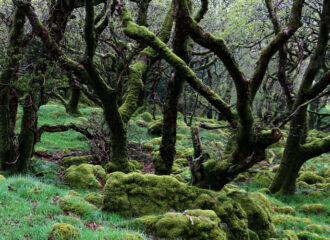
Sessile oak woods
The UK is the European stronghold for the Natura 2000 ‘Atlantic sessile oakwood’ (Quercus petraea) habitat. This habitat is well represented in Wales – with the more oceanic examples of particular importance for their lower plant and lichen communities. These sessile oakwoods are climax communities invariably found on thin acid/base-poor soils. All of the more…
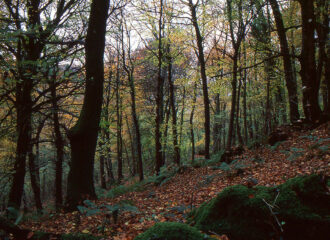
Beech woods
Native beech (Fagus sylvatica) woods occur on neutral to acidic soils and reach their western UK limit at Castell Coch – on the western boundary of Cardiff. The reference state for beech woodland is defined by a mixed age structure and the presence of successful regeneration under canopy gaps. However, as a consequence of intensive…
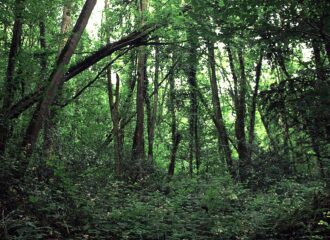
Lime, ash and sycamore woodland
This is a scarce woodland type in Wales and is restricted to relatively small fragmented stands in the limestone areas. These woods equate to the Natura 2000 ‘Tilio-Acerion forests of slopes, screes and ravines’ habitat (9180), with the best, and most extensive, examples in the UK found in the Wye Valley. The Welsh stands of the…
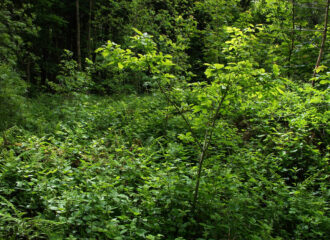
Lowland ash/oak woods
Woodland dominated by ash (Fraxinus excelsior) and oak (Quercus robur) is the typical woodland of the Welsh and UK lowlands, often growing as relatively small fragments (typically of < 20ha) on deep, fertile brown soils and with ash and/oak dominant in the canopy. Sycamore (Acer pseudoplatanus), elms (Ulmus spp), beech (Fagus sylvatica) and sweet chestnut…
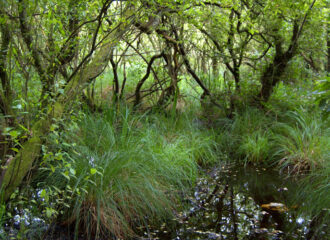
Alder carr
Alder (Alnus glutinosa) carr is typically found in wet or damp conditions on base-rich eutrophic soils that are either permanently flooded or subject to periodic inundation. These tend be pioneer stands where the alder is replaced by ash (Fraxinus excelsior) or elm (Ulmus spp.) around the drier edges. These alder woods are protected under Annex…
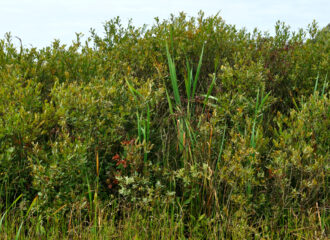
Willow carr
Willow car is a common and widely distributed habitat in Wales, occurring mostly in damp/wet locations, i.e., in woods, marshes, fens, ponds, lakes and along watercourses. Grey willow (Salix cinerea) and goat willow (Salix caprea), which are shrubs or small trees, are the most of widespread species – the latter being the more base-rich tolerant. …

Birch thickets
Birch is present in the form of two closely related species in Wales: downy birch (Betula pubescens) which prefers moist acidic soils and silver birch (Betula pendula) which prefers a wide range of light, well-drained, acidic soils. Birch trees are colonisers / pioneers, with stands often preparing the way for other woodland types, particularly where…
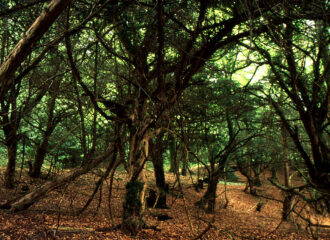
Yew woodland
The needle-leaved, evergreen yew tree (Taxus baccata) is mainly a plant of well-drained calcareous soils in Wales. It is a commonly planted tree in churchyards, parks and gardens, but rarely occurs as a natural woodland type. The best stands in Wales are found towards the south of the Wye Valley, where it grows both as…

